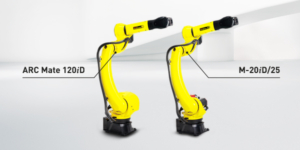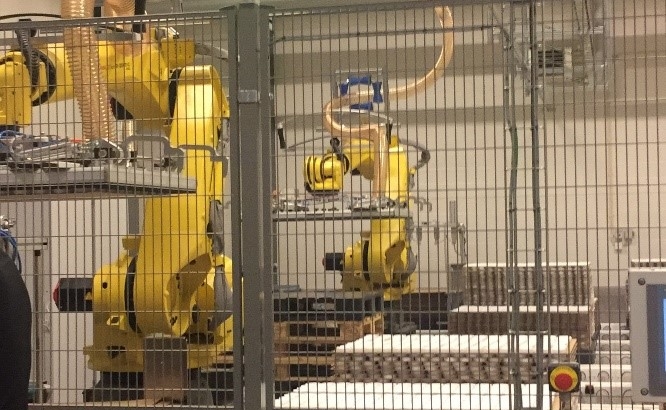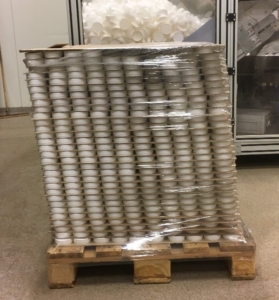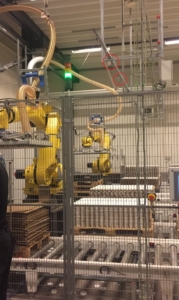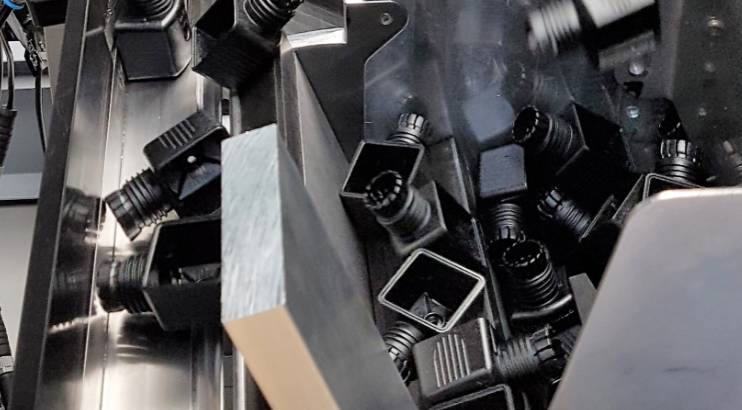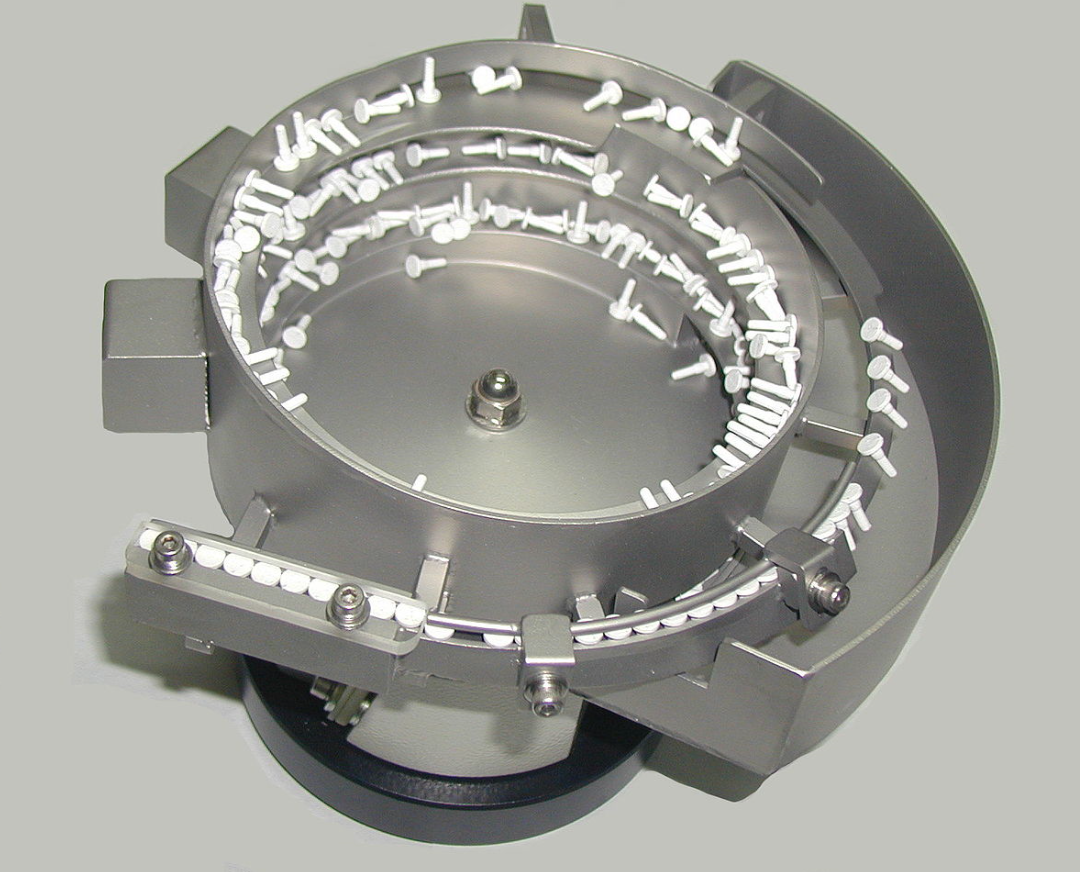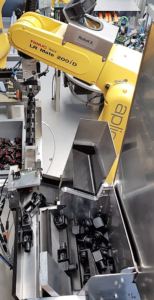FANUC expands the M-20iD and ARC Mate 120iD series
FANUC has expanded its extensive range of robots with two new models: the M-20iD / 25 a well-known 6-axis robot and ARC Mate 120iD developed for welding work.
The two models have a maximum load of 25 kg and a range of 1,831 mm. The robot can reach closer to its own base, increasing the active working range to 1,585 mm compared to its predecessors. The M-20iD / 25 and ARC Mate 120iD robots have a new drive, resulting in significantly higher shaft speeds. The repeatability is improved by up to ± 0.02 mm. Thanks to the modified and optimized design, the new iD robots have a significantly higher movement ability.
Higher performance and extremely high reliability lead to what we typically automate: efficiency and profitability.
With its capabilities, the M-20iD / 25 is ideal for tasks such as the ordinary subject handling, loading and unloading of machines or part handling. IP67 protection classification for both the arm and wrist axis means that it is also suitable for applications under not so favorable working environment conditions as for example. grinding and deburring.
The M-20iD / 25 and ARC Mate 120iD come with the new R-30iB Plus controller as standard with all the new features of: integrated vision system, larger memory, faster CPU and new Teach Pendant.


